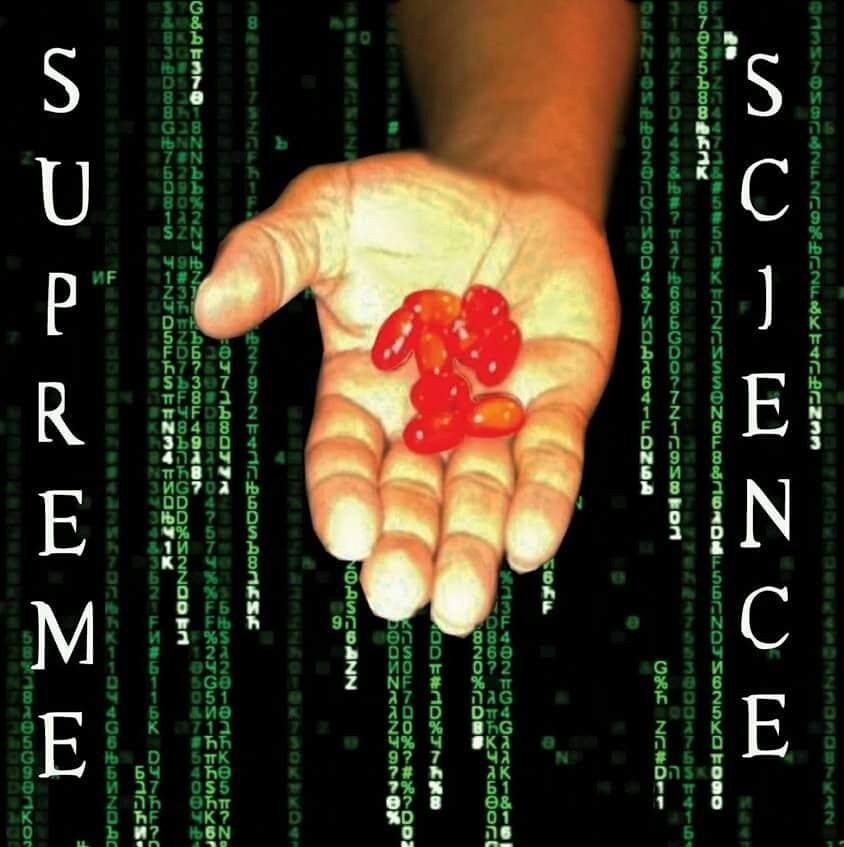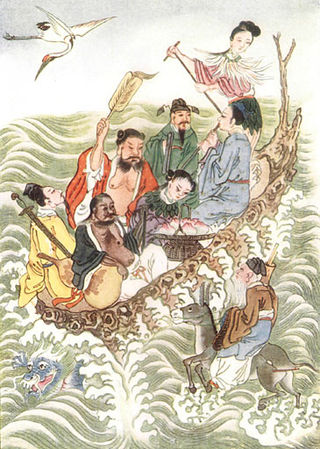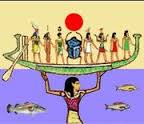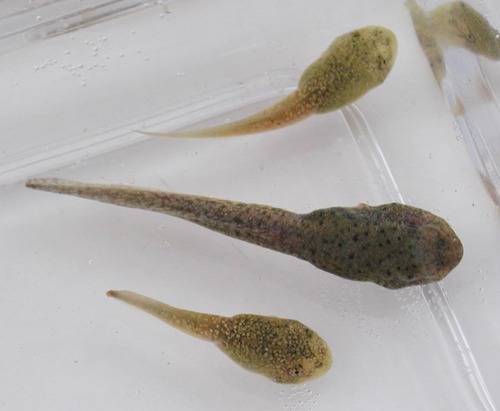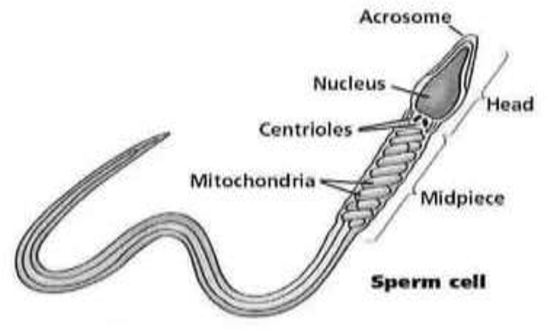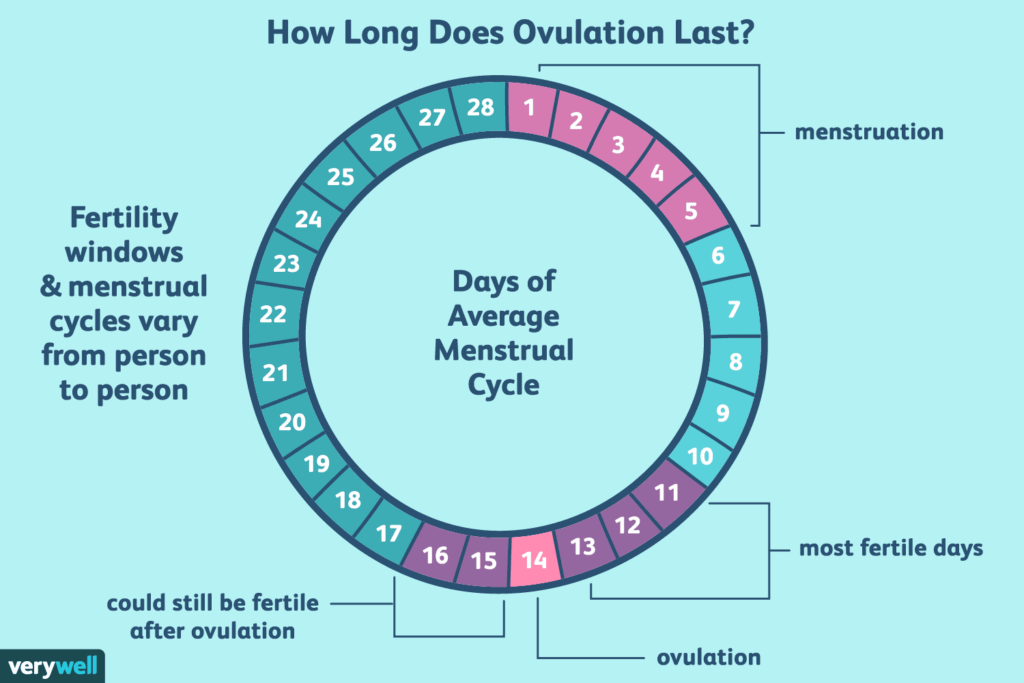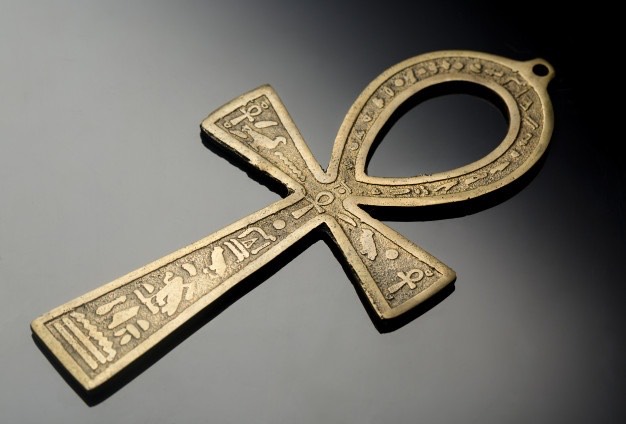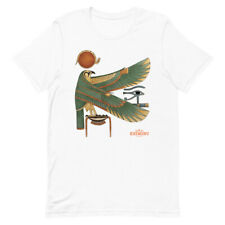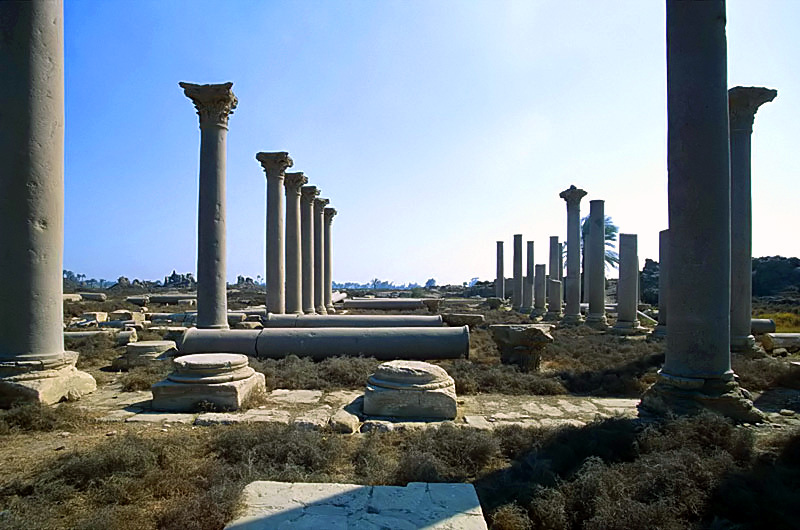
The Temple of Thoth Tehuti of Hermopolis
The following is an explanation of the 8 Immortals of Chinese folklore!
The Eight Immortals (Chinese: 八仙; pinyin: Bāxiān; Wade–Giles: Pa¹-hsien¹) are a group of legendary xian (“immortals”) in Chinese mythology. Each immortal’s power can be transferred to a vessel (法器) that can bestow life or destroy evil. Together, these eight vessels are called the “Covert Eight Immortals” (暗八仙). Most of them are said to have been born in the Tang or Shang Dynasty. They are revered by the Taoists and are also a popular element in secular Chinese culture. They are said to live on a group of five islands in the Bohai Sea, which includes Mount Penglai.
The Immortals are:
- He Xiangu (何仙姑), this particular immortal is considered female.
- Cao Guojiu (曹國舅), a princely actor among the eight.
- Li Tieguai (李鐵拐), he is considered to be a male immortal who is also mentally disturbed.
- Lan Caihe (藍采和), this particular immortal and their gender is considered to be ambiguous.
- Lü Dongbin (呂洞賓), he is considered to be their leader.
- Han Xiangzi (韓湘子), he is a flute artist among the eight.
- Zhang Guolao (張果老), he is associated with old age.
- Zhongli Quan (鍾離權), he is associated with death.
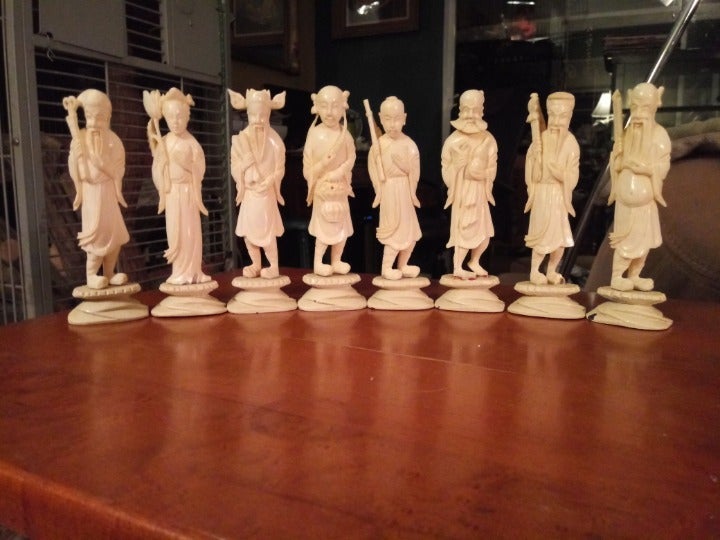
Statues of The 8 Immortals
In artwork
The Immortals are the subject of many artistic creations, such as paintings and sculptures. Examples of writings about them include:
The tradition of depicting humans who have become immortals is an ancient practice in Chinese art, and when religious Taoism gained popularity, it quickly picked up this tradition with its own immortals. While cults dedicated to various Taoist immortals date back to the Han dynasty, the popular and well-known Eight Immortals first appeared in the Jin dynasty. The art of the Jin tombs of the 12th and 13th centuries depicts a group of eight Taoist immortals in wall murals and sculptures. They officially became known as the Eight Immortals in the writings and works of art of the Taoist group known as the Complete Realization (Quanshen). The most famous art depiction of the Eight Immortals from this period is a mural of them in the Eternal Joy Temple (Yongle Gong) at Ruicheng.
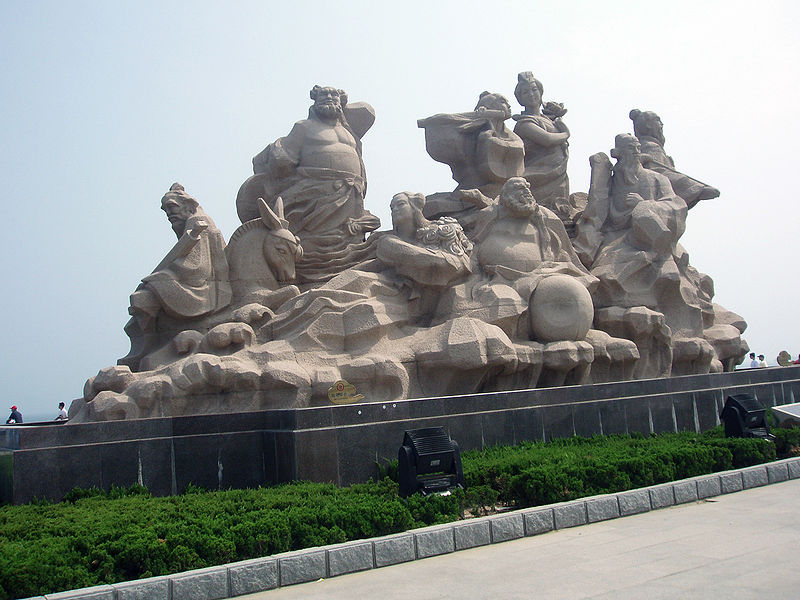
The 8 Immortals Statue in Penglai
The Eight Immortals are considered to be signs of prosperity and longevity, so they are popular themes in ancient and medieval art. They were frequent adornments on celadon vases. They were also common in sculptures owned by the nobility. Their most common appearance, however, was in paintings. Many silk paintings, wall murals, and woodblock prints remain of the Eight Immortals. They were often depicted either together in one group, or alone to give more homage to that specific immortal.
An interesting feature of early Eight Immortal artwork is that they are often accompanied by jade handmaidens, commonly depicted servants of the higher ranked deities, or other images showing great spiritual power. This shows that early on, the Eight Immortals quickly became eminent figures of the Taoist religion and had great importance. We can see this importance is only heightened in the Ming and Qing dynasties. During these dynasties, the Eight Immortals were very frequently associated with other prominent spiritual deities in artwork. There are numerous paintings with them and the Three Stars (the gods of longevity, prosperity, and good fortune) together. Also, other deities of importance, such as the Queen Mother of the West, are commonly seen in the company of the Eight Immortals.
The artwork of the Eight Immortals is not limited to paintings or other visual arts. They are quite prominent in written works too. Authors and playwrights wrote numerous stories and plays on the Eight Immortals. One famous story that has been rewritten many times and turned into several plays (the most famous written by Mu Zhiyuan in the Yuan Dynasty) is The Yellow-Millet Dream, which is the story of how Lǚ Dòngbīn met Zhongli Quan and began his path to immortality.
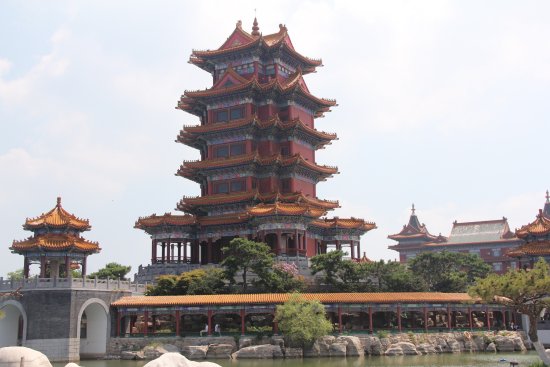
The 8 Immortals Pavillion Just Outside of Penglai
In literature
In literature before the 1970s, they were sometimes translated as the Eight Genies. First described in the Yuan Dynasty, they were probably named after the Eight Immortal Scholars of the Han.
- The Yueyang Tower by Ma Zhiyuan
- The Bamboo-leaved Boat (竹葉船; zhú yè chuán) by Fan Zi’an (范子安; fàn zǐ ān)
- The Willow in the South of the City (城南柳; chéng nán liǔ) by Gu Zijing (谷子敬; gǔ zǐ jìng)
- The most significant is The Eight Immortals Depart and Travel to the East (八仙出處東遊記; bā xiān chū chù dōng yoú jì) by Wu Yuantai (吳元泰; wú yuán taì) in the Ming Dynasty.
- There is another work, also made during the Ming (c. 14th-15th centuries), by an anonymous writer, called The Eight Immortals Cross the Sea (八仙過海; bā xiān guò hǎi). It is about the Immortals on their way to attend the Conference of the Magical Peach (蟠桃會; pán taó huì) when they encounter an ocean. Instead of relying on their clouds to get them across, Lü Dongbin suggested that they each should exercise their unique powers to get across. Derived from this, the Chinese proverb “The Eight Immortals cross the sea, each reveals its divine powers” (八仙過海,各顯神通; bā xiān guò hǎi, gè xiǎn shén tōng) indicates the situation that everybody shows off their skills and expertise to achieve a common goal.
The 8 Immortals Seen In A Boat Crossing The Sea
The Solar Boat of Ra Showing A Sun Disk With 8 Deities On Board! Notice That Even Though The Sun Is Present There Are Fish Being Shown!
The following is an explanation of the Khemenu from the standpoint of the Greeks. The Greeks referred to the Khemenu as the Ogdoads meaning 8!
In Egyptian mythology, the Ogdoad (Ancient Greek: ὀγδοάς “the Eightfold”; Ancient Egyptian: ḫmnyw, a plural nisba of ḫmnw “eight”) were eight primordial deities worshiped in Hermopolis.
References to the Ogdoad date to the Old Kingdom of Egypt, and even at the time of composition of the Pyramid Texts towards the end of the Old Kingdom, they appear to have been antiquated and mostly forgotten by everyone except religious experts. They are frequently mentioned in the Coffin Texts of the Middle Kingdom. The oldest known pictorial representations of the group do not predate the time of Seti I (New Kingdom, 13th century BC), when the group appears to be rediscovered by the theologians of Hermopolis for the purposes of a more elaborate creation account.
Texts of the Late Period describe them as having the heads of frogs (male) and serpents (female), and they are often depicted in this way in reliefs of the Ptolemaic Kingdom.
The eight deities were arranged in four male-female pairs. The female names are derivative of the male names.
The names of Nu and Naunet are written with the determiners for sky and water, and it seems clear that they represent the primordial waters.
The fourth pair appears with varying names; sometimes the name Qerḥ is replaced by Ni, Nenu, Nu, or Amun, and the name Qerḥet by Ennit, Nenuit, Nunu, Nit, or Amunet. The common meaning of qerḥ is “night”, but the determinative (D41 for “to halt, stop, deny”) also suggests the principle of inactivity or repose.
Ḥeḥu and Ḥeḥut have no readily identifiable determiners; according to a suggestion due to Brugsch (1885), the name is associated with a term for an undefined or unlimited number, ḥeḥ, suggesting a concept similar to Greek aion. But from the context of a number of passages in which Ḥeḥu is mentioned, Brugsch also suggested that he may be a personification of the atmosphere between heaven and earth (c.f. Shu).
The names of Kekui and Kekuit are written with a determiner combining the sky hieroglyph with a staff or scepter used for words related to darkness and obscurity, and kkw as a regular word means “darkness”, suggesting that these gods represent primordial darkness, comparable to Greek Erebus, but in some aspects they appear to represent day as well as night, or the change from night to day and from day to night.
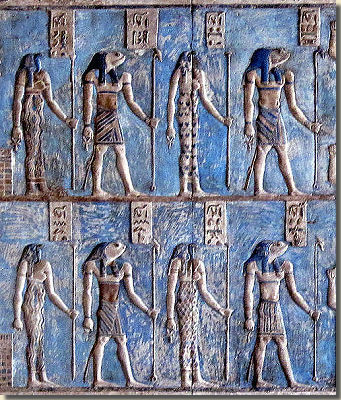
The Khemenu In Hermopolis
The fourth pair has no consistent attributes as it appears with varying names. The common meaning of qerḥ is “night”, but the determinative (D41 for “to halt, stop, deny”) also suggests the principle of inactivity or repose.
There is no obvious way to allot or attribute four functions to the four pairs of gods, and it seems clear that “the ancient Egyptians themselves had no very clear idea” regarding such functions. Nevertheless, there have been attempts to assign “four ontological concepts” to the four groups. For example, in the context of the New Kingdom, Karenga (2004) uses “fluidity” (for “flood, waters”), “darkness”, “unboundedness” and “invisibility” (for “repose, inactivity”).
This explanation based on the Greek’s interpretation is precisely why we see their comprehension of our sciences is mediocre at best. We must begin to overstand that this can be viewed as a clear cut indication as to why those that have tried to take ownership of our original sciences have failed miserably. The Greeks interpretation incorporates cosmological metaphor/as above but fails to give the applicable/so below meaning! The above picture of the Solar Boat of Ra with fish in the scene depicts that the boat used in the story of the 8 Immortals relates to the cosmos or Nun! The primordial waters or the sea actually refer to the cosmos! This is also why a nun wears the outfit of black/cosmos/Nun. The outfit also is meant to resemble a fish, I will explain this in another article, however!
The 8 Ogdoads or Khemenu are also found in Ancient Sumerian culture as well. They are referred to as The 4 Sets of Adam in Esoteric circles! The following excerpts are from Supreme Science Volume 1 Does The Matrix Really Exist!
The four sets of Adam and Eve were originally referred to as the 8 Ogdoads or Pa Khemenu, and they existed when this was a complete water planet. These four sets represented genetic shifts every for generations giving birth to various humims that would eventually dwell on the dry land that later appeared.
The first set of Adam and Eve were thus Sumerian Apsu meaning “ one who existed from the beginning ” and Tiamat meaning “maiden of life “they were known to the Ancient Egiptians as Nun meaning ” supreme being of the ocean ” and Nunet meaning “female supreme being of the oceans” Gods over the deep.
The second set of Adam and Eve word Sumerian Lahmu, meaning” deity of war” and Lahamu, meaning ” lady of battles ” and who was known to the Ancient Egiptians as Heh meaning “the supreme being of immeasurable as in time, or Neter of infinity” represented by tadpoles, each of which symbolizes 10,000 years; and Hehet meaning “female supreme being of immeasurable; Heh was also called the supreme being of chaos. They were destroyed 17,250,000 years ago by a meteorite shower and sandstorms.
The third set of Adam and Eve were the Sumerian Anshar, meaning “foremost of the heavens”, and Kishar meaning “foremost of the firmaments.” Who were known to the Ancient Egiptians as Kek, meaning “supreme being of darkness, void and darkness”, and Keket meaning “female supreme being of darkness “they were destroyed by a second meteorite shower 14,250,000 years ago.
The aforesaid of Adam and Eve were Zakar meaning “remember” and Nekaybaw meaning ” female tribal leader ” who you know as the Adam meaning ” life blood “, and Eve meaning Hawwah [female living being] means “mother of all living.” Of the Hebrew Bible today.
The Tadpole of a Bull Frog Showing The Resemblance To A Human Sperm Cell!
These four sets represent the four phases of evolution from the reptilian, to Genus Homo, to Homo Erectus, to Homo Sapien! This science coincides with the pregnancy of a woman! The reptilian phase is the fertility phase! A woman’s body ovulates monthly. In a 28 day cycle, a woman’s peak day during ovulation is usually the 14th day! This science is why the 4th set of Adam and Eve refers to Amun and Amunet in Egipt! Overstanding the significance of the mysteries is important because Adam & Eve as well as Amun & Amunet refer to Ausar and Auset! Knowing this we can now see why 14 is a number connected to Ausar and the original resurrection story! The resurrection shows the word erection inside and this is why Ausar’s phallus was swallowed by a big fish! This concept was also adopted in the story of Jonah! The three days can be deemed a metaphor explaining the 3 trimesters of pregnancy! Now can you see how the primordial waters or the sea of Nun also pertain to the waters of the womb Neo? How is that the Chinese stoe your original creation story and used it in mythology, art, and literature but you don’t even want to learn it? In closing let’s look at the first letter in each set of the Khemenu! We see the letters ANKH, the ankh is known as the “key of life” in Ancient KMT/TamaRe/Egipt!
The 14th Day Is The Day of Ausar Resurrecting Himself As Heru Through Auset! The ANKH The Key Life Representing Man, Woman, & Child!
NOW DOES IT MAKE SENSE THAT THE KHEMENU EXPLAIN THE PROCESS OF EVOLUTION IN THE WOMB NEO?
To Learn More About Ausar & The Number 14 Check Out This Previous Article
sOURCES
https://en.wikipedia.org/wiki/Eight_Immortals
https://en.wikipedia.org/wiki/Ogdoad_(Egyptian)
JOIN
https://www.facebook.com/groups/257379211490785/
FOLLOW https://www.facebook.com/SupremeScience99/
Khemenu Clothing The Flyest Kemetic Line There Is!
SUPPORT SUPPORT SUPPORT
Khemenu Clothing Link!
Supreme Science on Amazon! THIS BOOK WILL CHANGE YOUR LIFE!
